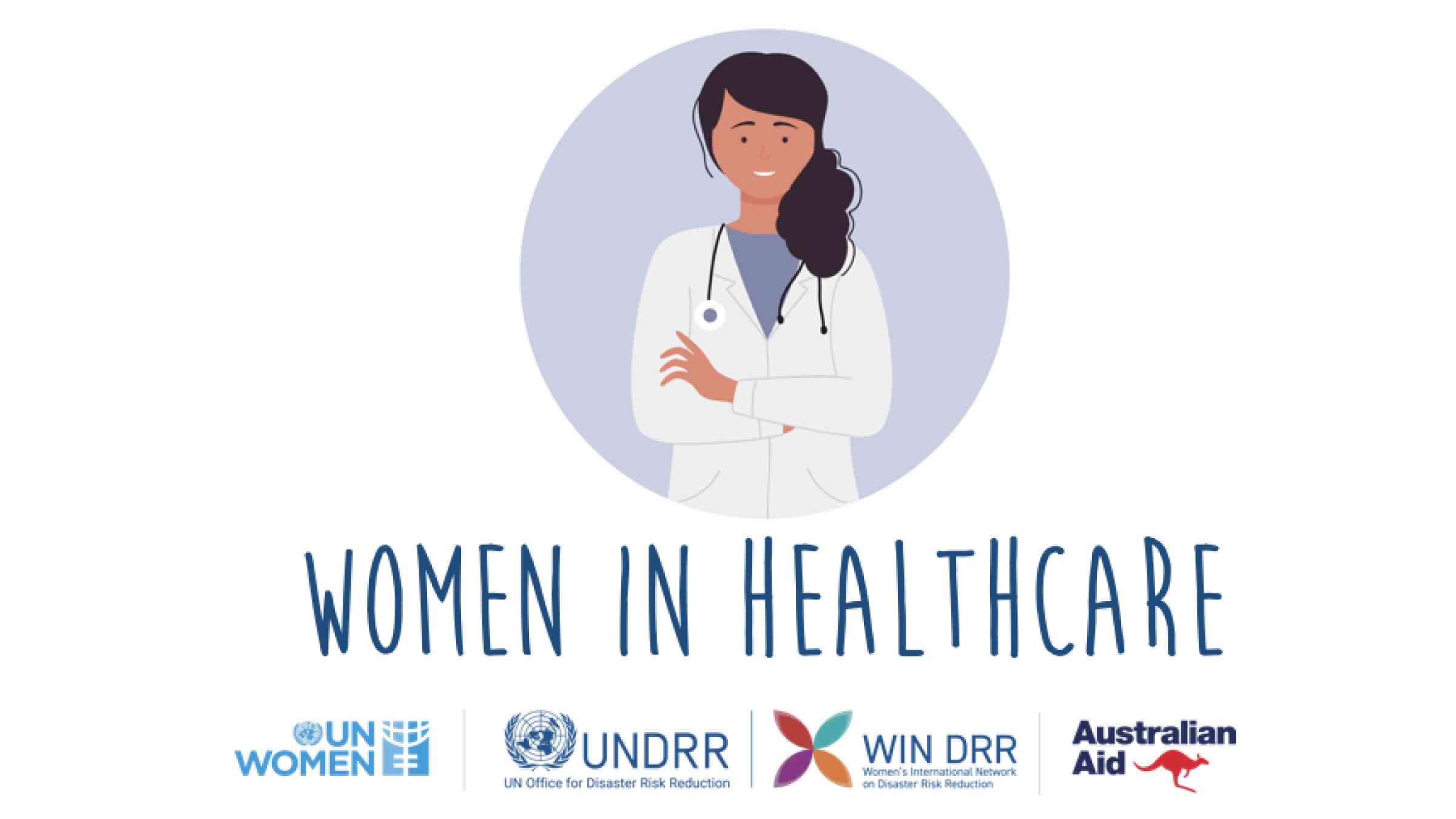Exactly How Healthcare RCM Solutions Streamline Billing and Collections
Exactly How Healthcare RCM Solutions Streamline Billing and Collections
Blog Article
A Comprehensive Guide on How Health Care RCM Functions to Improve Payment and Collections
Browsing the intricacies of healthcare revenue cycle administration (RCM) is essential for service providers intending to improve their payment and collections procedures. The overview unloads the ins and outs of RCM, from client registration to balance dues management, offering understandings right into maximizing each step. Incorporating sophisticated innovation and standard procedures can considerably reduce case denials and accelerate repayment cycles. Yet, the real obstacle lies in flawlessly merging these elements to boost money circulation. As we explore the core components and approaches that drive effectiveness, one inquiry stays: just how can healthcare entities best setting themselves to grow monetarily in an ever-evolving sector?
Understanding Profits Cycle Administration
Grasping the complexities of Income Cycle Monitoring (RCM) is necessary for health care organizations intending to enhance their monetary efficiency. RCM is a critical administrative function that includes the entire monetary procedure of client care, from the first consultation establishing to the last payment of the balance. It is a complex treatment developed to recognize, gather, and take care of the profits from the solutions offered to people. Effective RCM makes sure that medical care carriers get exact and prompt payments, minimizing the risk of income loss and improving capital.
The RCM procedure starts when a patient timetables a visit and expands with the individual's care journey, including payment and collections. A key objective is to decrease the time in between supplying a solution and obtaining settlement, hence boosting the company's monetary health. RCM involves various functions such as patient registration, insurance coverage verification, fee capture, coding, declares entry, repayment publishing, and managing allures and denials.
Trick Parts of RCM
In the world of Revenue Cycle Management (RCM), understanding its vital components is basic to accomplishing financial efficiency within health care organizations. RCM is a comprehensive process that includes different phases, each important to ensuring efficient billing and collections. The key parts consist of patient enrollment, insurance confirmation, fee capture, coding, insurance claim submission, settlement posting, and balance due monitoring.


When coded, insurance claims are sent to payers, where accuracy is critical to stay clear of delays or denials - Healthcare RCM. Repayment posting entails recording the obtained repayments, which permits the settlement of accounts. Last but not least, receivables management focuses on tracking and dealing with overdue insurance claims, ensuring timely follow-up and resolution
Each element of RCM is adjoined, and inefficiencies in any type of part can interrupt the whole cycle. For that reason, grasping these aspects is vital for doctor to maximize income and boost their financial health and wellness.
Strategies for Effective Payment

Systematizing billing treatments throughout the organization is an additional essential approach. Establishing clear standards for documentation, coding, and entry aids preserve consistency and compliance with governing requirements. Educating team routinely on these treatments makes certain every person is up-to-date with the current adjustments in invoicing codes and payer policies.
Exact cost capture is necessary in avoiding income leak. Applying regular audits and tracking systems enables the recognition and improvement of disparities prior to they affect profits. Additionally, maintaining open lines of communication with payers helps to quickly solve any kind of disagreements or misconceptions that may develop.

Finally, interesting patients early in the billing process by offering clear price quotes and academic products concerning their economic obligations can considerably minimize confusion and boost payment timeliness. These techniques collectively add to a more reliable and economically healthy and balanced billing system.
Enhancing Collections Processes
A durable collections procedure is essential for keeping economic stability within health care companies. Offered the complexities of medical billing and the variety of payer demands, improving the collections process involves executing tactical steps that make certain prompt and exact payment of services provided. Central to this is the use of innovation to automate and enhance procedures, minimizing hand-operated errors and improving performance. Automation devices can help in tracking insurance claim standings, sending timely tips to clients, and handling denials better.
Training personnel to recognize the nuances of insurance coverage plans and payment codes is just as important. This expertise encourages them to deal with invoicing disparities swiftly and connect efficiently with patients regarding their economic obligations. In addition, clear and transparent individual interactions are essential. Giving thorough descriptions of fees and supplying flexible layaway plan can boost patient complete satisfaction and prompt settlements.
Normal audits of the collections process ought to be performed to determine areas for enhancement and ensure compliance with Related Site guidelines. By evaluating information, medical care organizations can determine fads, anticipate possible problems, and adapt approaches accordingly (Healthcare RCM). Eventually, a well-enhanced collections process not only supports monetary wellness but additionally contributes to a more seamless experience for patients and team alike
Optimizing Profits Streams
Structure upon the foundation of a strong collections process, healthcare companies can even more bolster their monetary security by strategically optimizing earnings streams. This involves a multi-faceted approach, starting with a comprehensive analysis of existing earnings sources to identify ineffectiveness and locations for development. Employing sophisticated information analytics tools makes it possible for companies to gain understandings right into payer mix, individual demographics, and service utilization patterns, enabling data-driven choices that boost earnings capture.
Implementing automated payment systems can considerably minimize mistakes and expedite claims processing, ensuring that profits is collected extra efficiently. Additionally, optimizing payer agreements via normal settlements can boost repayment prices and terms, straight impacting the lower line. Expanding service offerings, such as integrating telehealth or wellness programs, can likewise attract a broader individual base, thus increasing income possibility.
One more crucial element is improving client involvement and satisfaction, as satisfied people are most likely to comply with treatment strategies and make timely payments. Using flexible settlement options and clear invoicing practices can improve collections and foster person loyalty. Healthcare RCM. By adopting these strategies, healthcare organizations can create a more resistant monetary framework, guaranteeing sustained development and stability in an blog ever-changing market landscape
Conclusion
Finally, medical care Revenue Cycle Management (RCM) plays an essential duty in enhancing payment and collections processes by integrating essential elements such as individual enrollment, insurance policy confirmation, charge capture, coding, claims submission, and receivable administration. By utilizing sophisticated innovation, standardizing treatments, and fostering client involvement, healthcare providers can considerably minimize insurance claim rejections, speed up repayment cycles, and boost cash flow. This extensive strategy to RCM eventually leads to boosted monetary efficiency and sustainability for healthcare companies.
The RCM process begins when a patient schedules a consultation and prolongs through the individual's care journey, including invoicing and collections.One more critical element is improving client involvement and fulfillment, as satisfied people are extra likely to stick to therapy plans and make timely settlements. Supplying versatile settlement alternatives and clear invoicing practices can improve collections and foster client commitment.In verdict, medical care Revenue Cycle Administration (RCM) plays an essential role in enhancing billing and collections processes by incorporating key elements such as person enrollment, insurance policy verification, charge capture, coding, asserts entry, and accounts receivable management. By employing innovative modern technology, systematizing procedures, and cultivating patient engagement, medical care carriers can dramatically reduce claim denials, accelerate payment cycles, and improve money flow.
Report this page